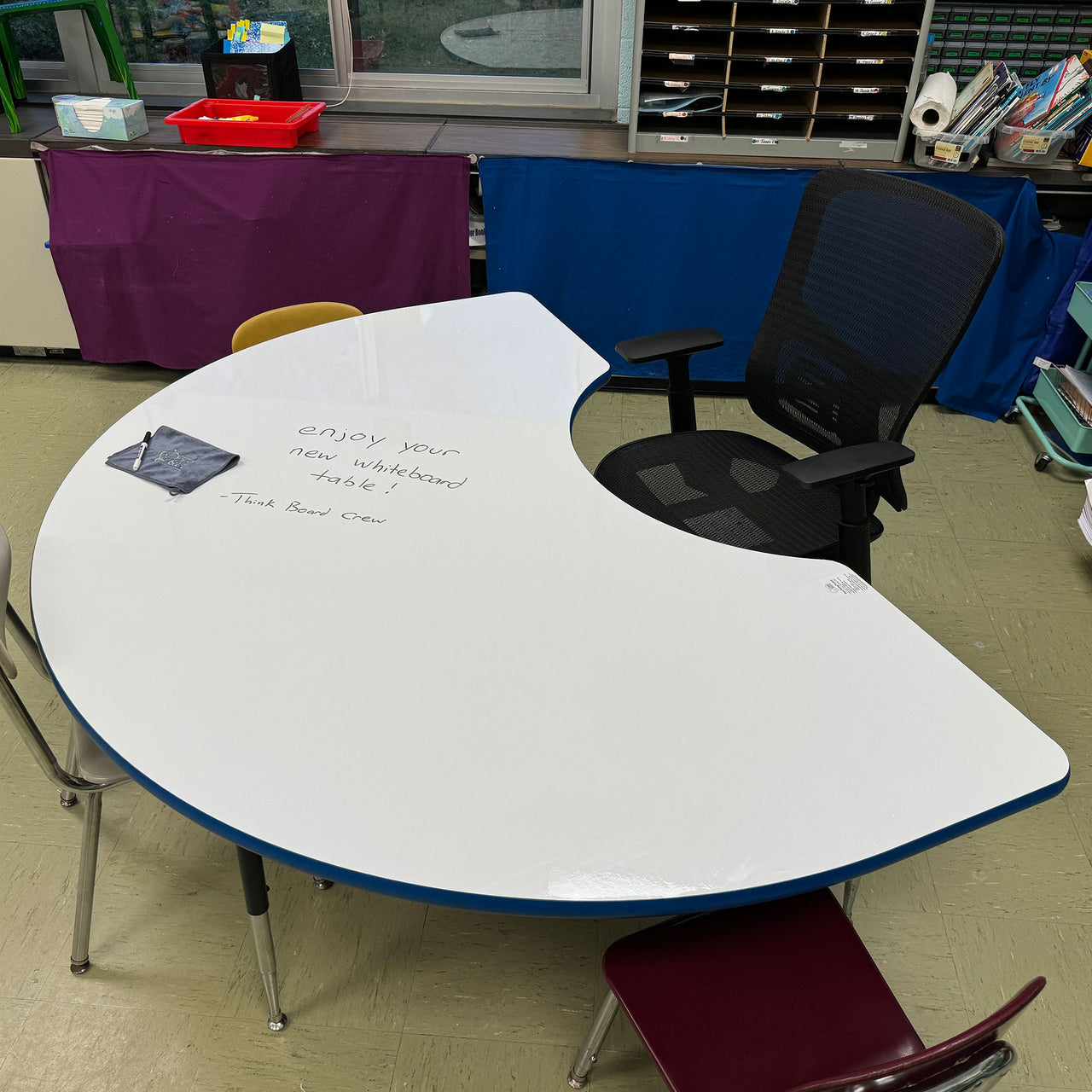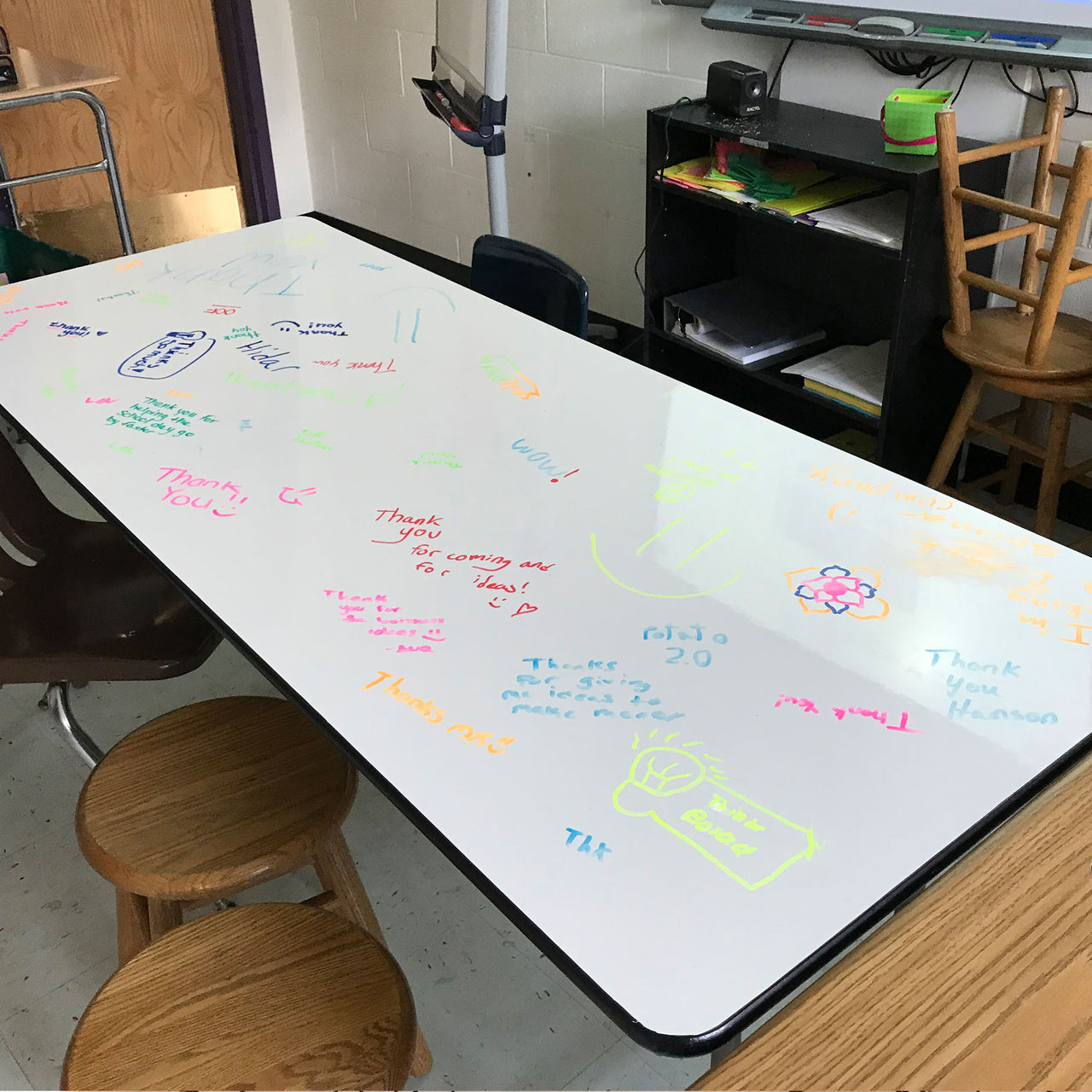Eco-Friendly Classroom Designs: The Best Sustainable Options
As environmental concerns grow, more educators and designers are turning to sustainable solutions when designing or renovating classrooms. Eco-friendly classroom designs not only benefit the planet but also create healthier, more inspiring learning environments for students. From using sustainable materials to reducing waste, here are some key ways to make classrooms more environmentally responsible.
1. Sustainable Furniture and Materials
One of the first steps in creating an eco-friendly classroom is selecting furniture made from sustainable materials. Look for desks, chairs, and storage units made from recycled or renewable resources like bamboo or reclaimed wood. This reduces the environmental impact and promotes sustainability to students. Avoid plastic furniture, which contributes to waste and is often difficult to recycle.

2. Resurfacing Existing Whiteboards and Furniture
Instead of replacing outdated whiteboards, chalkboards, or furniture, consider resurfacing them. Think Board’s whiteboard films, for example, can transform old surfaces into functional, writable areas, saving money and reducing waste. These films can be applied to tables, cabinets, and even walls, enhancing the classroom without requiring full replacements.

3. Energy-Efficient Lighting and HVAC
Energy-efficient lighting, such as LED bulbs, and smart HVAC systems that regulate temperature efficiently are another simple yet effective way to make classrooms more sustainable. These upgrades help reduce energy consumption, lowering carbon footprints and utility costs.

4. Incorporating Green Spaces
Plants play a significant role in improving air quality and providing a calming, natural atmosphere in the classroom. Whether it’s a small classroom garden or a few potted plants, adding greenery enhances both the aesthetic and environmental quality of the room.

5. Promoting Recycling and Waste Reduction
Eco-friendly classroom designs extend to how schools handle waste. Providing easily accessible recycling bins and encouraging the use of digital materials over paper not only reduces waste but also teaches students the importance of sustainability.

Conclusion
An eco-friendly classroom doesn’t just reduce environmental impact; it also fosters a learning environment that is healthier, more inspiring, and sustainable. Small changes, like resurfacing with whiteboard films and opting for sustainable materials, can make a significant difference in both the classroom and the community. Embrace sustainability, and lead students toward a greener future—one classroom at a time.








